Handstands are all about bone-stacking. Imagine your body is like a straight stick, your handstand will feel effortless. Therefore finding the alignment in handstand practice is the No. 1 priority. This article will go through the essential components for balancing the handstand. It’s a frequently spoken topic in handstand training but still challenging to put all the necessary pieces together at once. If you are practicing handstands for a while and need to improve your balance skill to the next level, I hope, this article could offer you some useful ideas for your balance skill.
Missing Pieces - Why You Can't Hold Balance?
A lot of people can get stuck on the wall or stuck not being able to balance a freestanding handstand.
The straight shape is the easiest alignment to hold the balance longer with minimum strengths. The straight shape means your wrists, elbows, shoulders, spine, hips, and toes are on the same line from the side. Monitor your practice and check what your handstands look like because you cannot see yourself in a mirror while you are going upside-down. Find your problem which part of your body is not in a straight line. If your shape looks like….

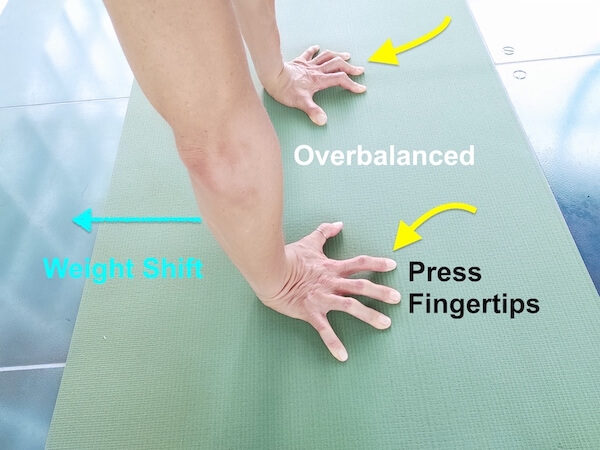


Recommended Drills:
Straddle to Tuck Combo Halfway:

Hinge the hip joint to fold forward

Leaning forward, keep thighs close to the chests
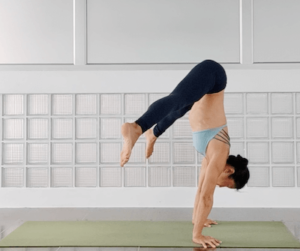
Hips directly over the shoulders, Gaze between both wrists
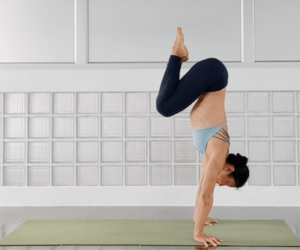
Shoulders over the wrists, keep both thighs attached to the chest and point the toes

Press even harder against the ground, come down very slowly

Land softly with negative press
Tuck Hop Hold
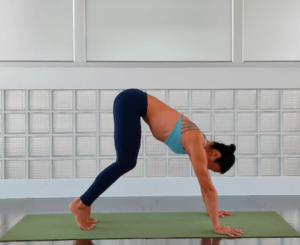
Starting position

Prepare the Hop

Hop

Tuck position

Come back down
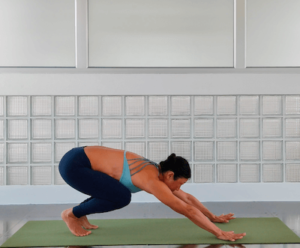
Ending Position
I hope, this article could offer you some useful tricks for your balance issue. Enjoy your handstand journey and happy handstand practice!
Please feel free to comment with any questions or feedback on the blog. I am happy to hear from you.
For an absolute beginner to the handstand, I have an ultimate beginner’s press handstand online program. Check “Home” in Menu above or click the logo on the top.

